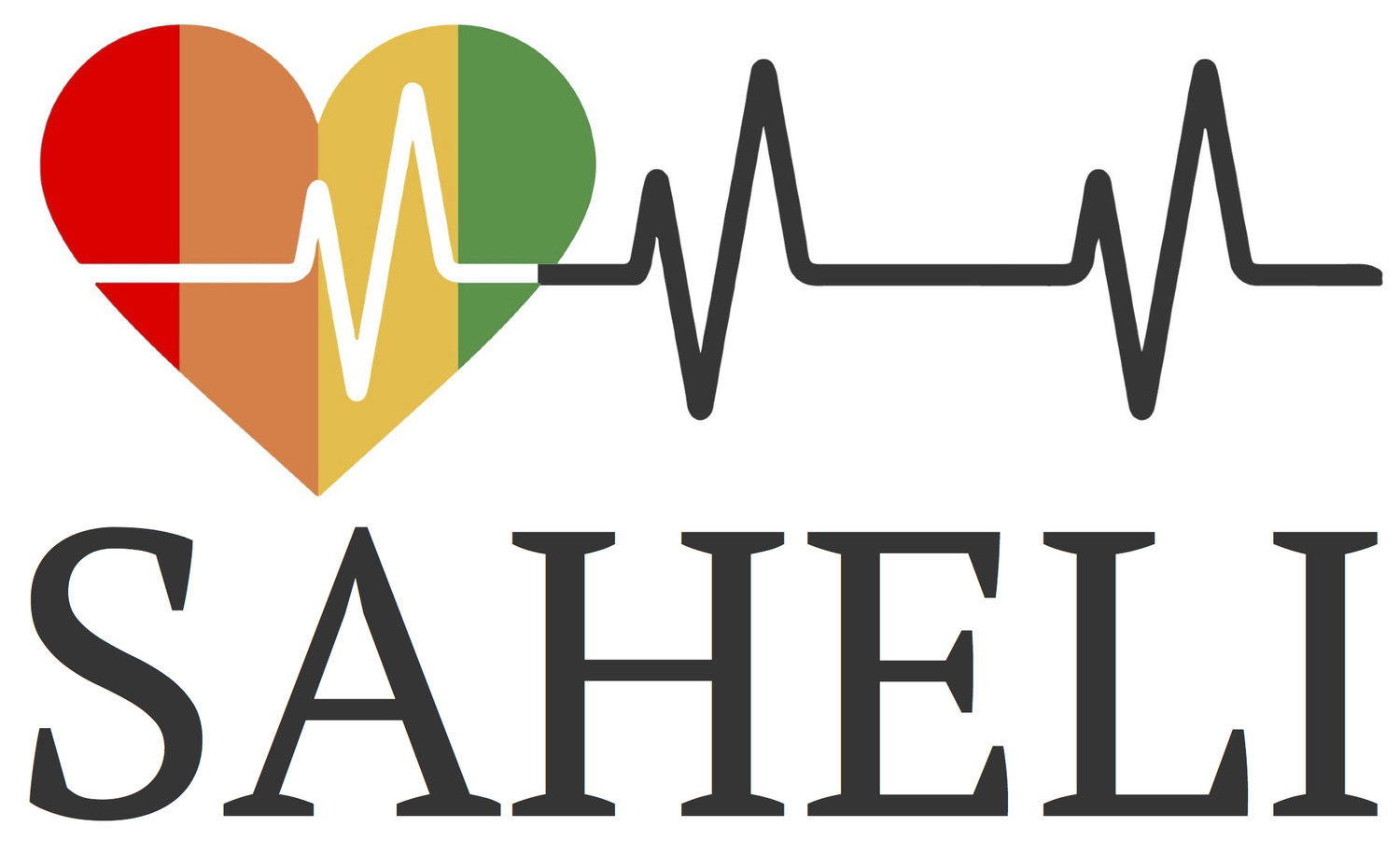What is your academic background and current affiliation?
I am currently an Assistant Professor of Cardiology and Preventive Medicine at Northwestern University Feinberg School of Medicine. I completed an MD and Master of Public Health at Northwestern, a residency in internal medicine at Stanford University, a fellowship in cardiovascular disease at Northwestern, and a postdoctoral fellowship in cardiovascular epidemiology at Northwestern.
What are your current research interests?
I aim to identify, adapt, and implement effective CVD prevention strategies at the individual, clinical/health system, community, and population levels, with particular attention to developing earlier-life CVD prevention approaches. My work leverages tools in cohort and surveillance epidemiology, clinical and behavioral intervention trials, implementation science, and community engagement. I particularly seek to adapt interventions to address disparities in CVD experienced by populations disproportionately affected, including Asian and specifically South Asian Americans, with a goal to equitably prevent CVD for all.
What excites you about your research field?
The importance of my field of work is reflected in my life experience, and that of my community. Since my research questions are informed by patterns I have witnessed firsthand, I can see how my work may have short and long-term impacts on health for communities with which I have familiarity. This potential for real-world impact is particularly exciting.
What are two important take-home points from your research?
The first important point is that the Asian American community is not a monolith. There is a wide range of diversity in behavior, cultural norms, socioeconomic position, and many other factors, that all contribute to heterogeneity in health status within the Asian American population that must be recognized. The second point is that strategies for heart disease prevention must be implemented early in life, starting in childhood through young adulthood. Beginning to focus on heart disease prevention later misses an important window to maintain health across the lifespan.
How does you work support community priorities and health equity?
The South Asian American population experiences a disproportionate burden of cardiovascular disease. My work to identify effective strategies for heart disease prevention addresses this important priority recognized by community members. Since my work in part leverages large population-based datasets, I aim for my research to appropriately represent Asian American populations which I hope will support equitable public health strategies for this rapidly growing population.
How did you identify your mentor?
I started by thinking about the populations and communities for whom I wanted my work to benefit. I also sought to bridge my research interests with my patient care focus in cardiology. This approach naturally led me to Dr. Namratha Kandula, whose academic program in South Asian American health and disease prevention aligned closely with my interests.
What is the most valuable piece of advice you have received from a mentor?
At the end of medical school, a mentor encouraged me to “be flexible and open to opportunities that may diverge from your plan.” I have frequently returned to this advice, which has facilitated many of the new, unexpected, and exciting directions my work has taken.
What are key tips and tricks to maintaining "mentor-mentee" relationships from your experience?
Early in my training, I quickly realized that the mentors with whom I wanted to work were extremely busy. I actively sought to maximize our mentoring interactions; this meant coming to every meeting with a planned agenda, action items, and specific questions I wanted to address with my mentor. Understanding a potential mentor’s expectations for the mentee’s success will also help a mentee understand how to focus their work.
What is your favorite thing to do when you are not working?
I most enjoy spending time outdoors with friends and family. Walking a forest trail, biking the lakefront path, finding a new hiking spot, or people watching along the Riverwalk. These spots, among many others, provide an opportunity to recharge.

